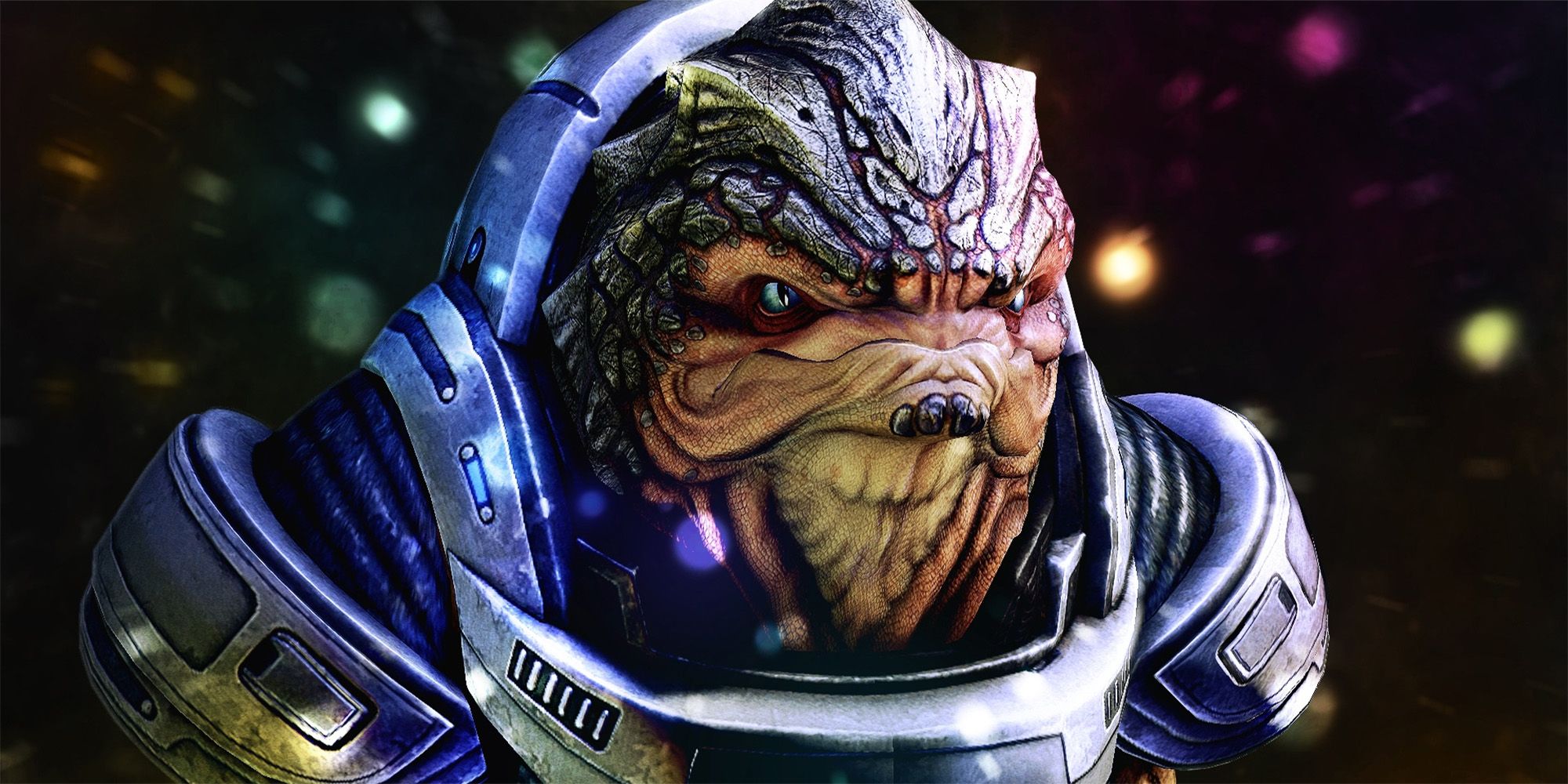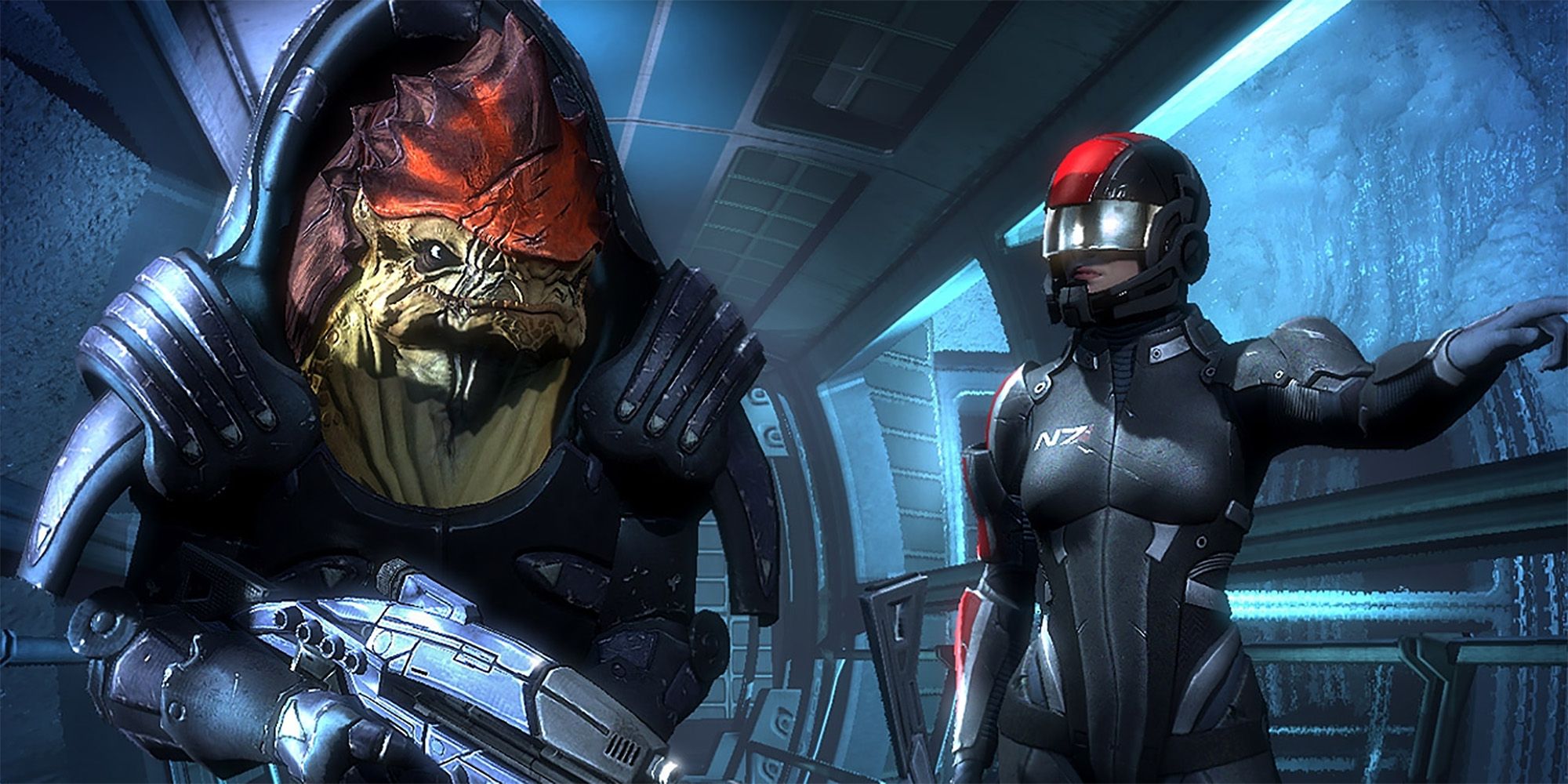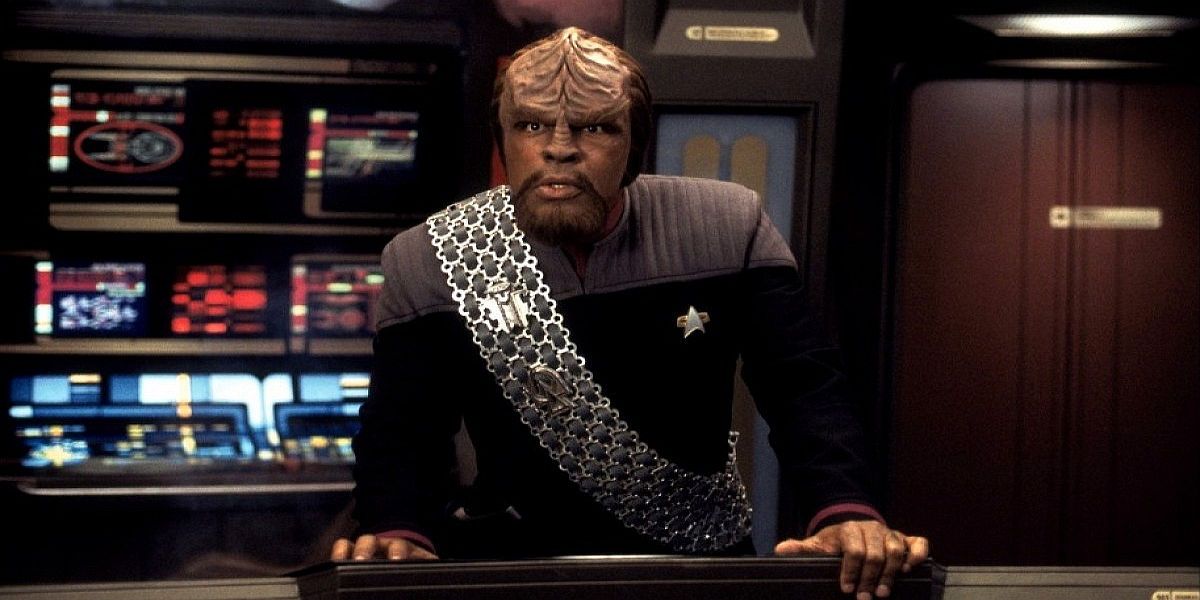
If one were to describe some of the basic characteristics of Mass Effect's krogan race without naming them or the franchise, chances are people might confuse them a little bit with Star Trek's Klingons. A massive military race hellbent on interstellar warfare, domination and destruction, the krogan became a force so dangerous and reckless within the Mass Effect universe after achieving technological advancements that decades prior to introducing Commander Shepard, the turians and salarians teamed up to create a genetic infection called the genophage to curb astounding krogan reproductive rates.
Before the genophage, which significantly affected the females, krogan mothers could produce clutches of up to a thousand fertilized eggs each year. Male krogans were born with an extra set of testicles, likely aiding in their swift reproductive rates, the one extra organ they did not share with Star Trek's Klingons.

Much like the Klingons, the krogans seemed unstoppable before the genophage. With an extra heart, extra set of lungs and even a secondary nervous system, both species are incredibly hard to kill. The krogan actually destroyed their own home planet, Tuchanka, with nuclear war, and somehow they still managed to survive. Though they were reduced to little more than constantly warring tribes battling one another for supremacy, the fact that they survived nuclear devastation is incredible.
While Klingons tend to be more humanoid in appearance, one can't deny their similarity to the reptilian krogan. Both have spiked, dome-shaped heads perfect for things like smashing and headbutting in close combat situations. One significant difference, however, is their size by comparison to the other species. Though Klingons seem larger than life, krogans actually are. Standing seven feet tall in most cases, a full-grown krogan weighs around 800 pounds.

With Star Trek being a science fiction groundbreaker, taking viewers beyond the stars to places no man had gone before, it was inevitable that Gene Rodenberry's space western would heavily influence media to follow. One major comparison that has always stood out is the diversity of Mass Effect's crew compared to Star Trek's Federation. Humanity in both franchises play a major role in events, but they are not, by far, the sole influence or power. In fact, Mass Effect made sure to point out that humanity was little more than a fledgling upstart, having only joined the rest of the galaxy, which had been far more technologically advanced for ages.
Mass Effect's creators have never been shy about admitting their influences. Since the game's release, it has been relatively clear that it drew a little bit from nearly every favorite science fiction franchise, something that made the game itself feel as familiar as it did unique. Elements of Battlestar Galactica can be found in the Geth and Quarian struggle, while the Rachni Wars share similarities to Starship Troopers. Even the trilogy's big bad, the Reapers, look as though they crawled straight out of a terrifying H.P. Lovecraft story.
So, while the Klingons may have heavily influenced krogan physiology, BioWare took it one step further, giving them a quad of testes that became an iconic bit of slang throughout the games and more than likely contributed to their massive growth as a species bent on dominating the universe.
0 Comments